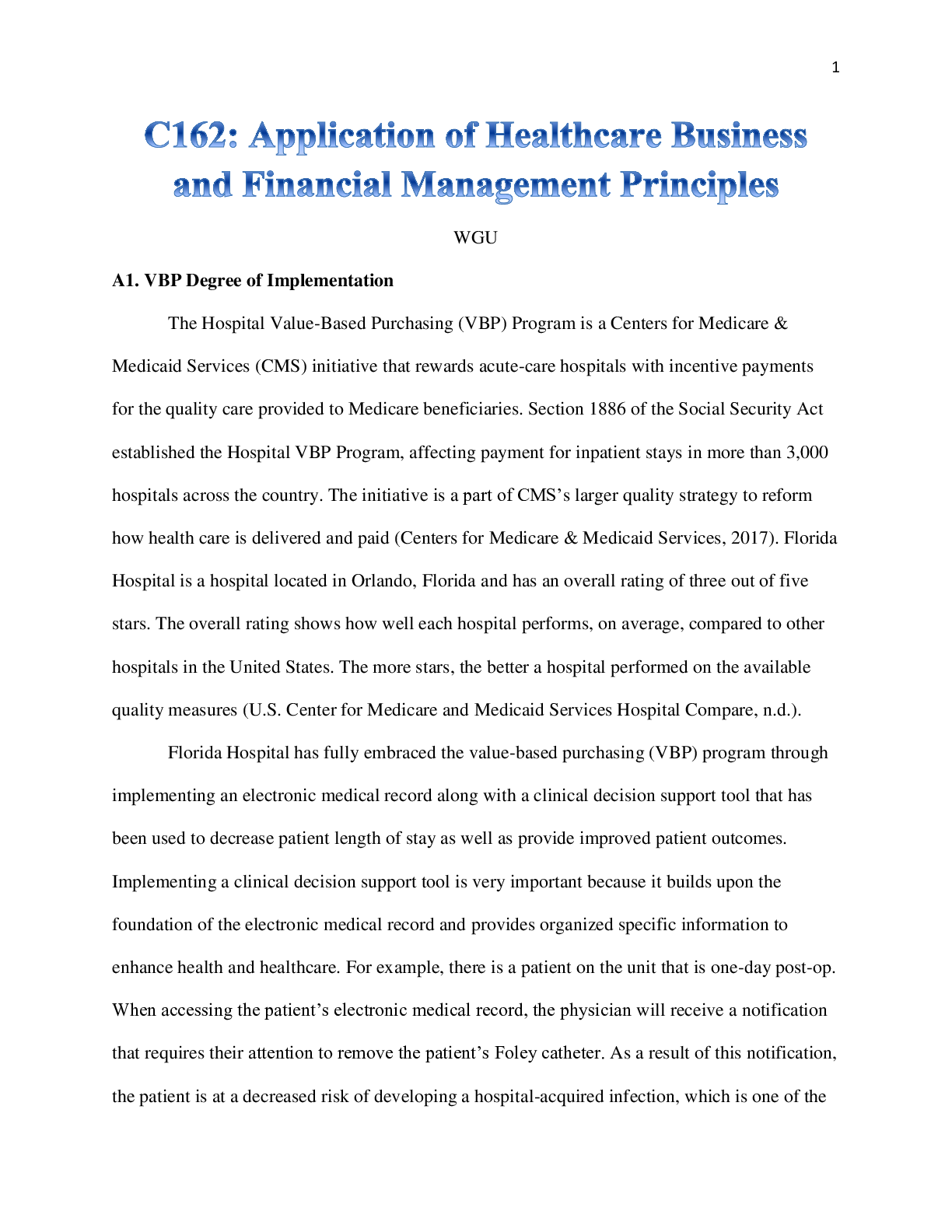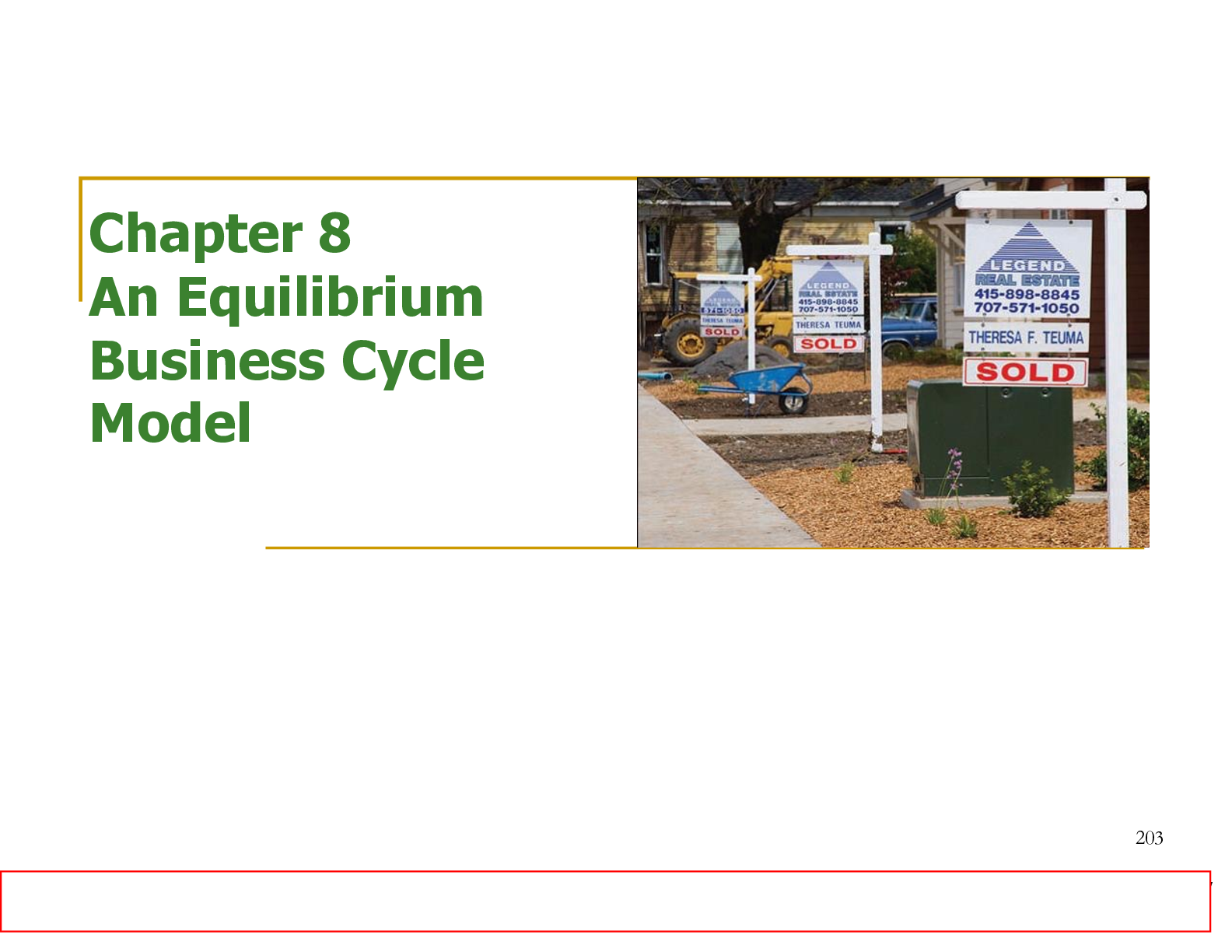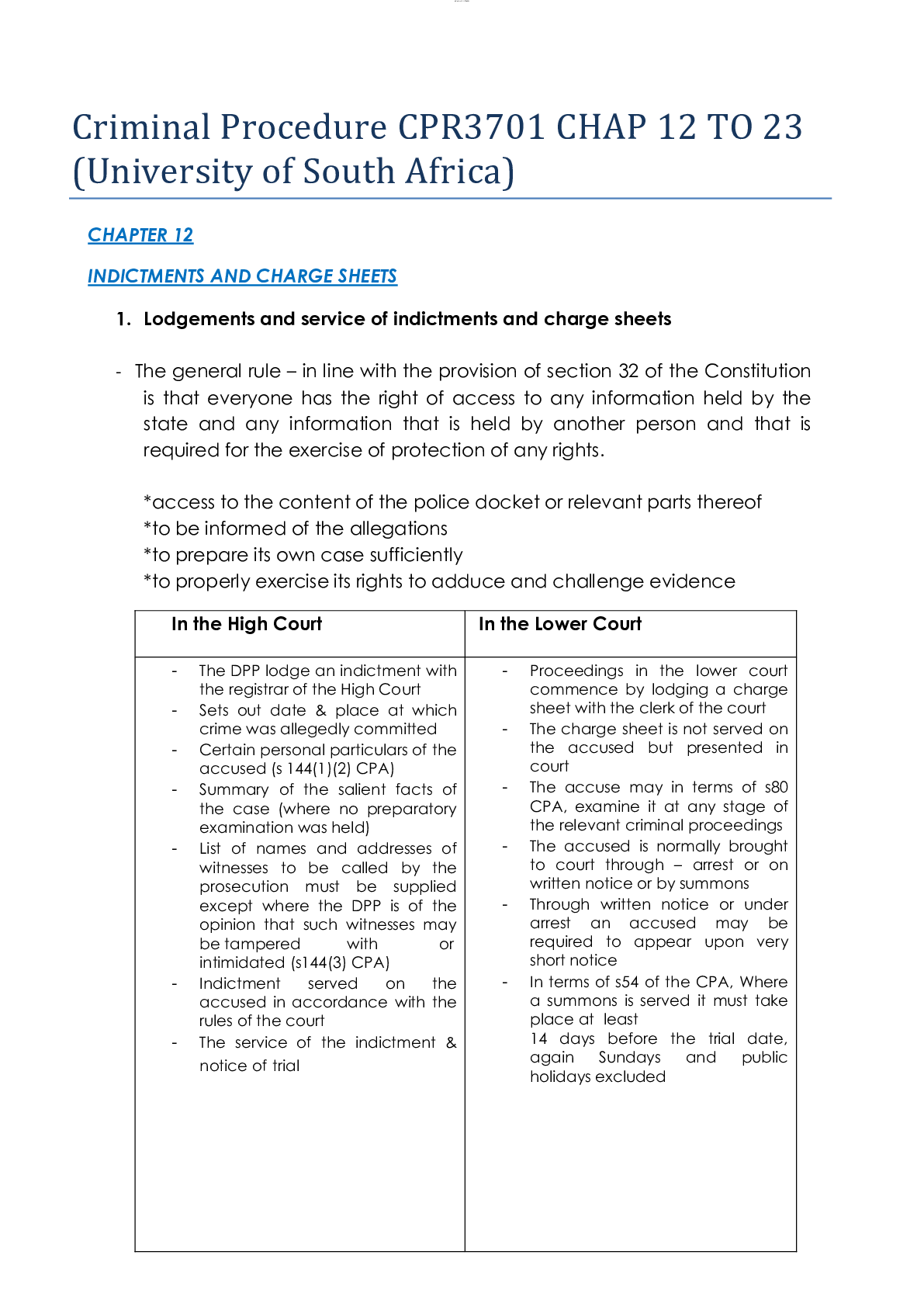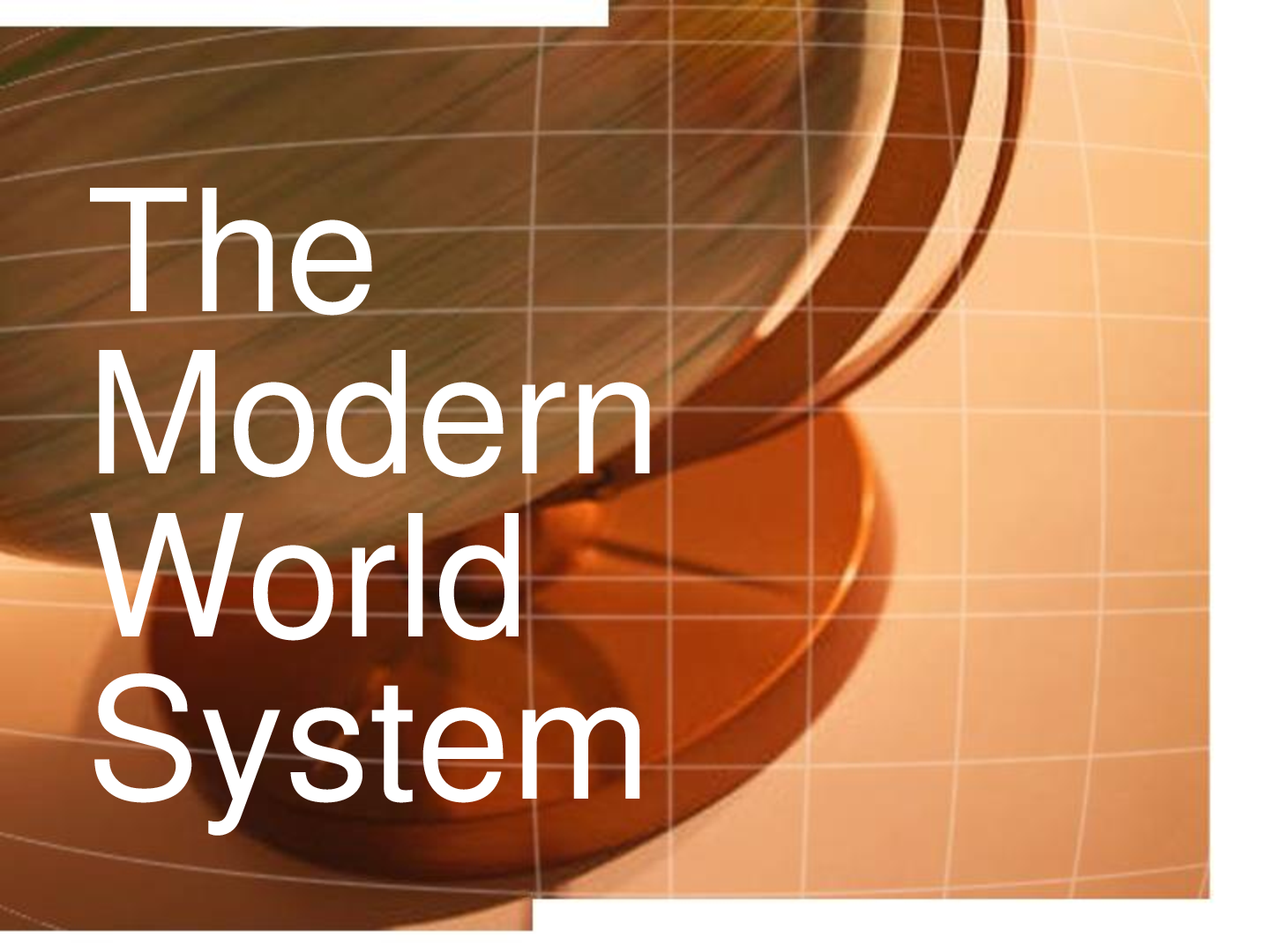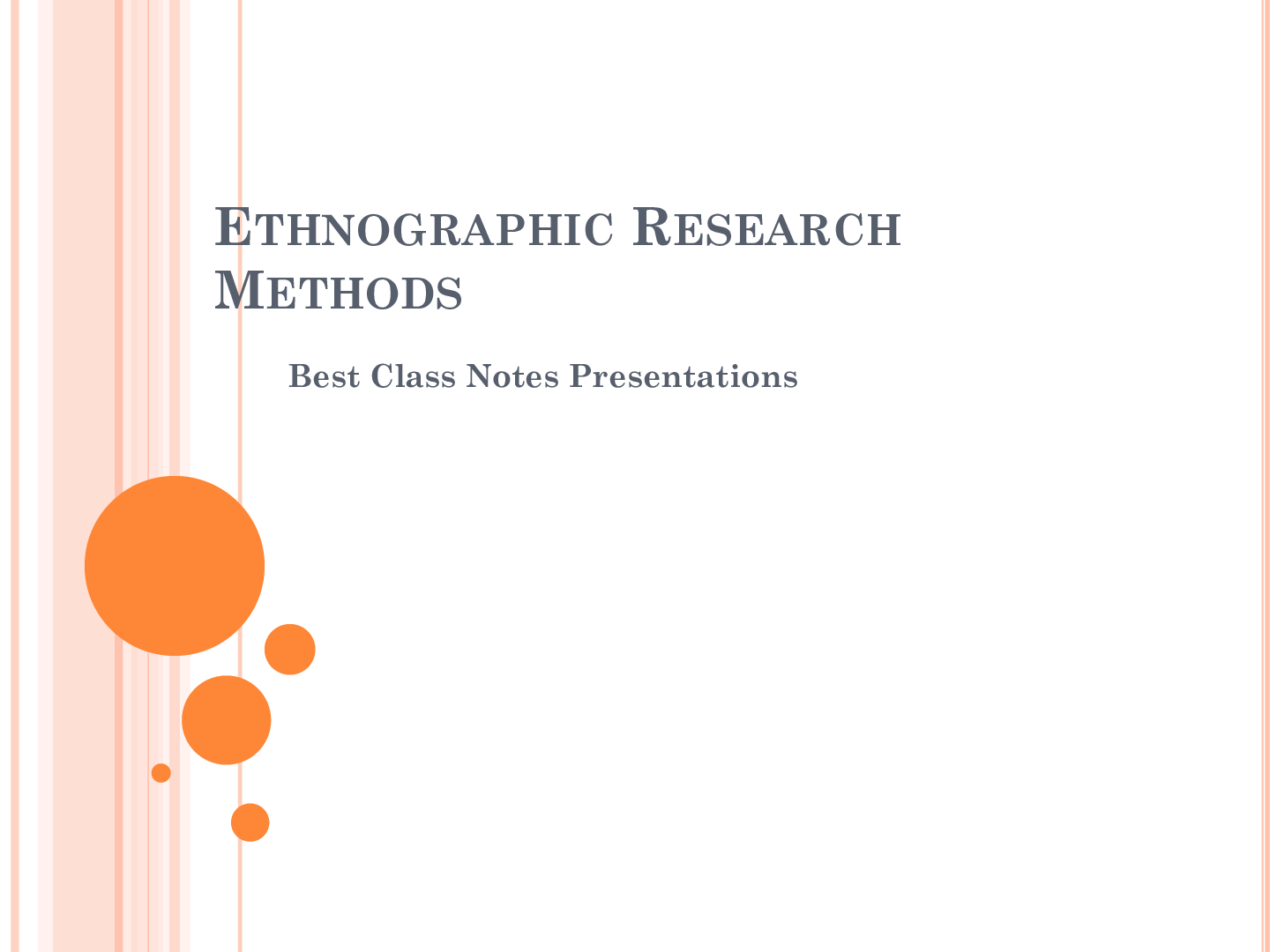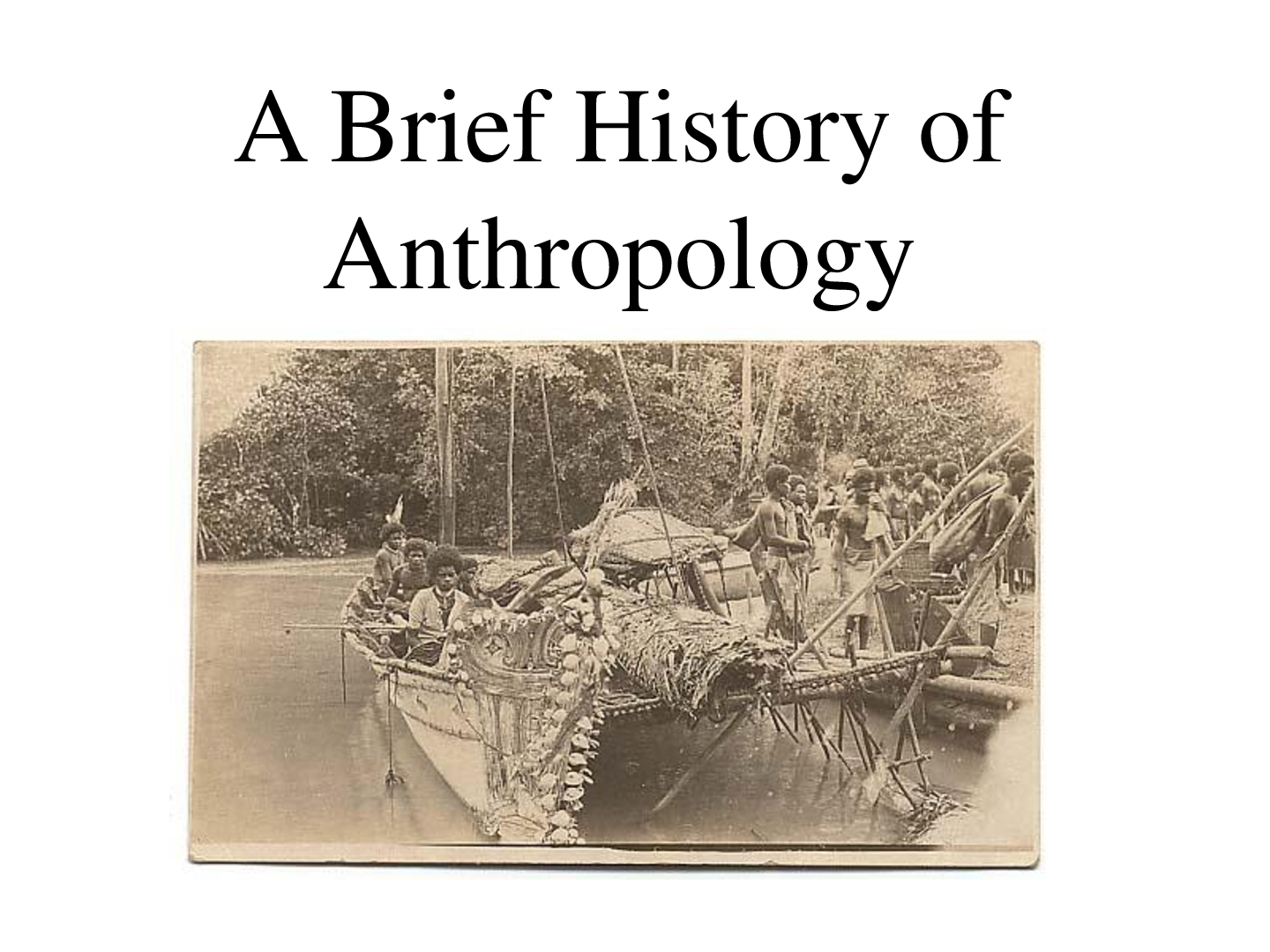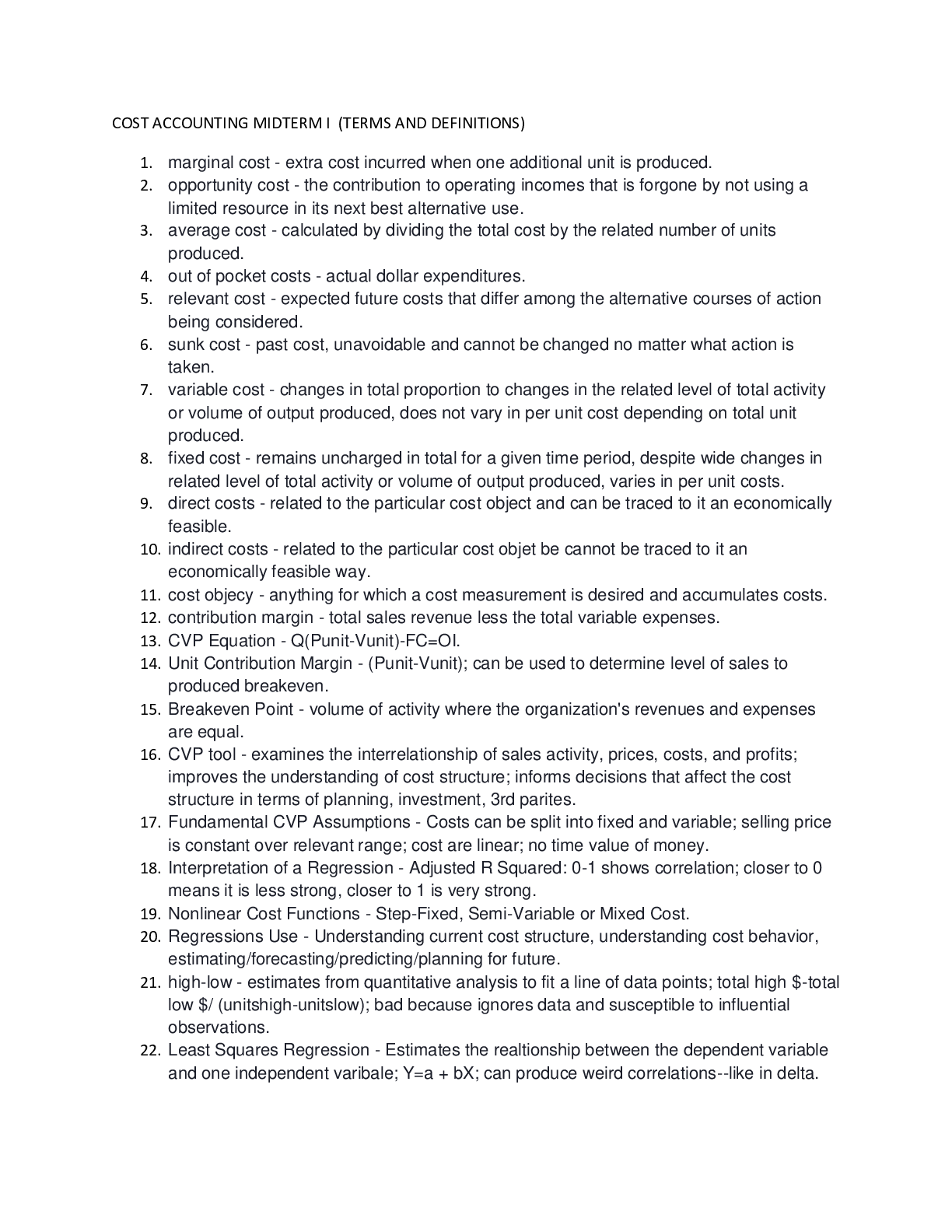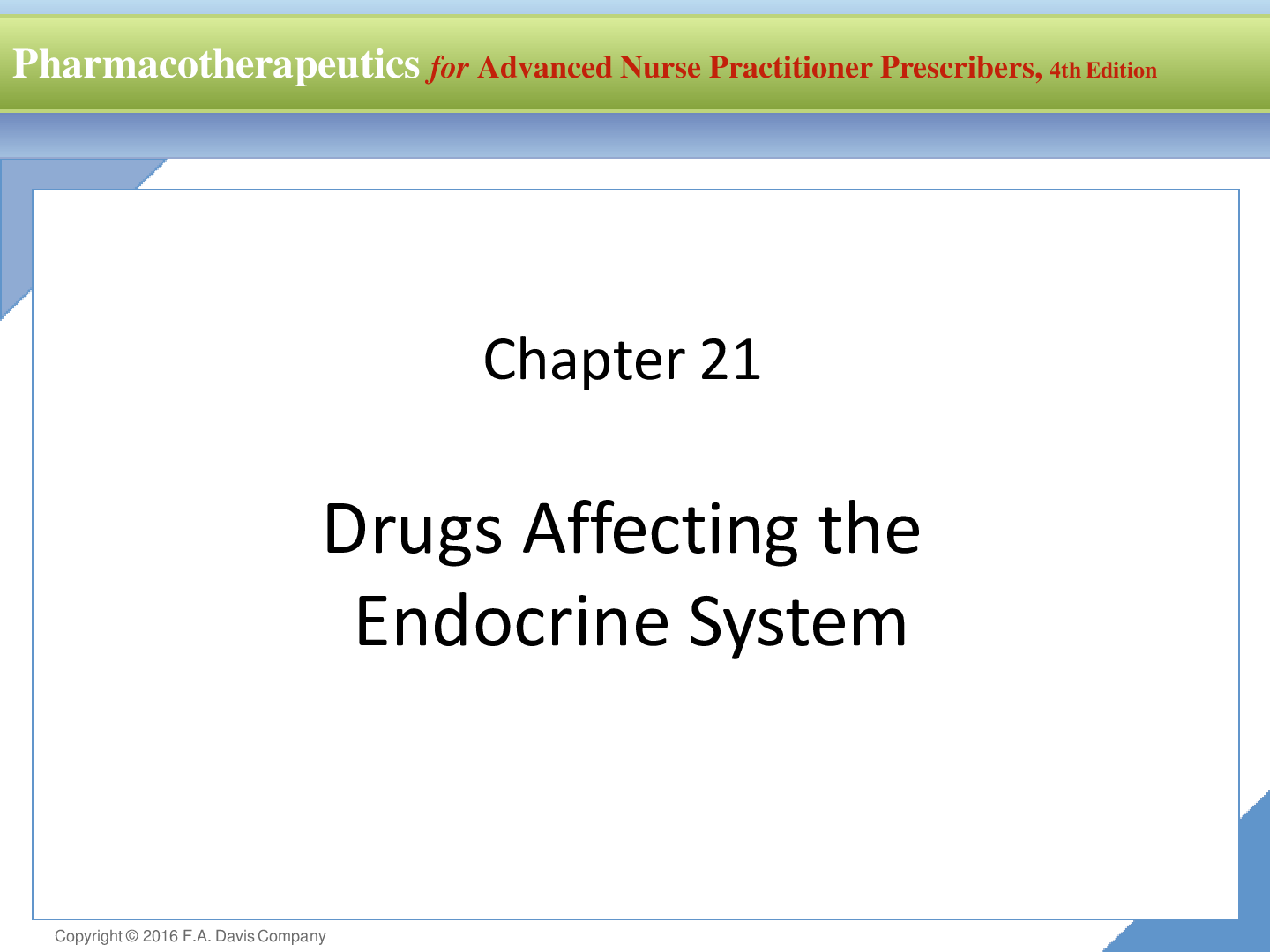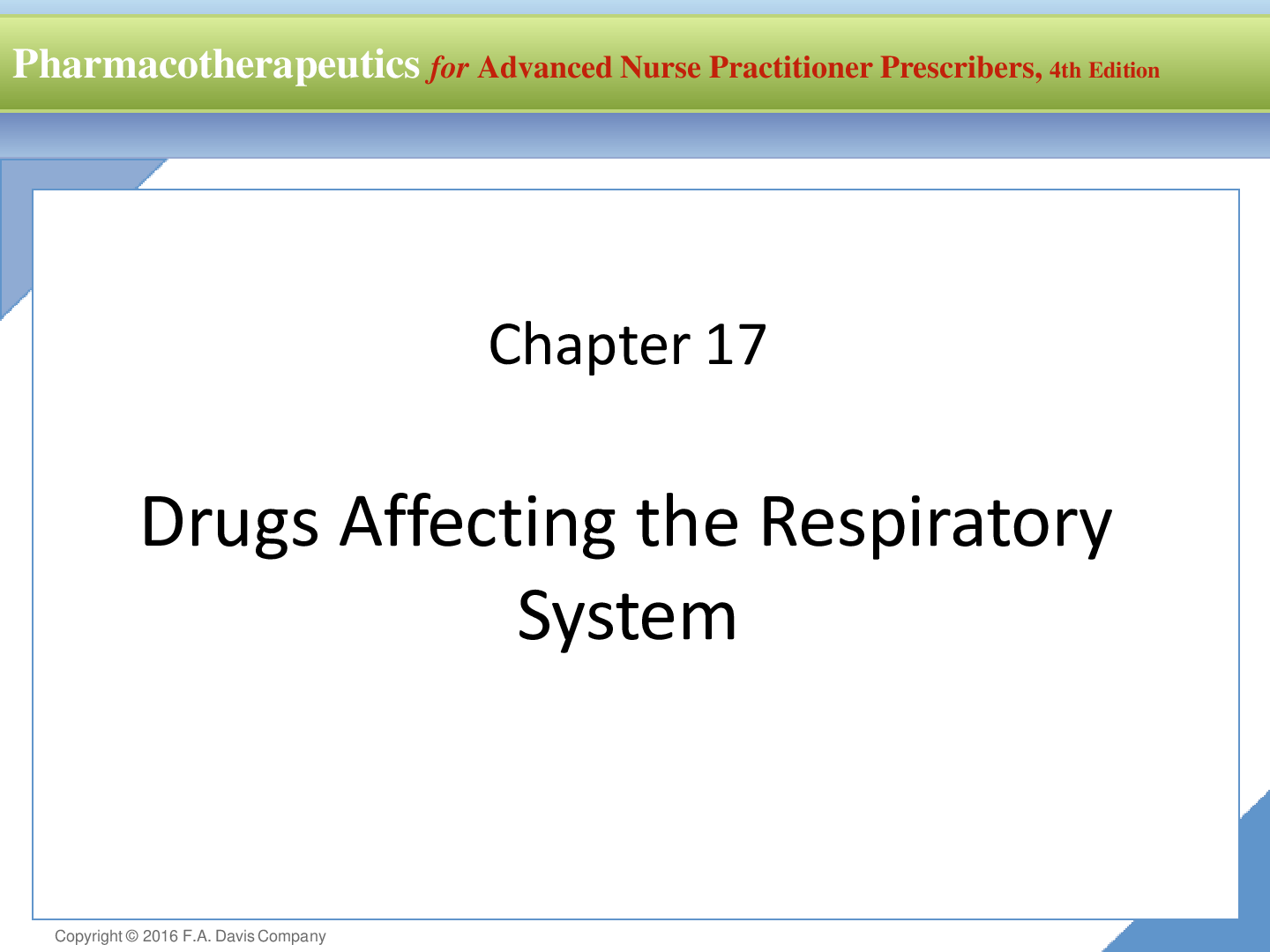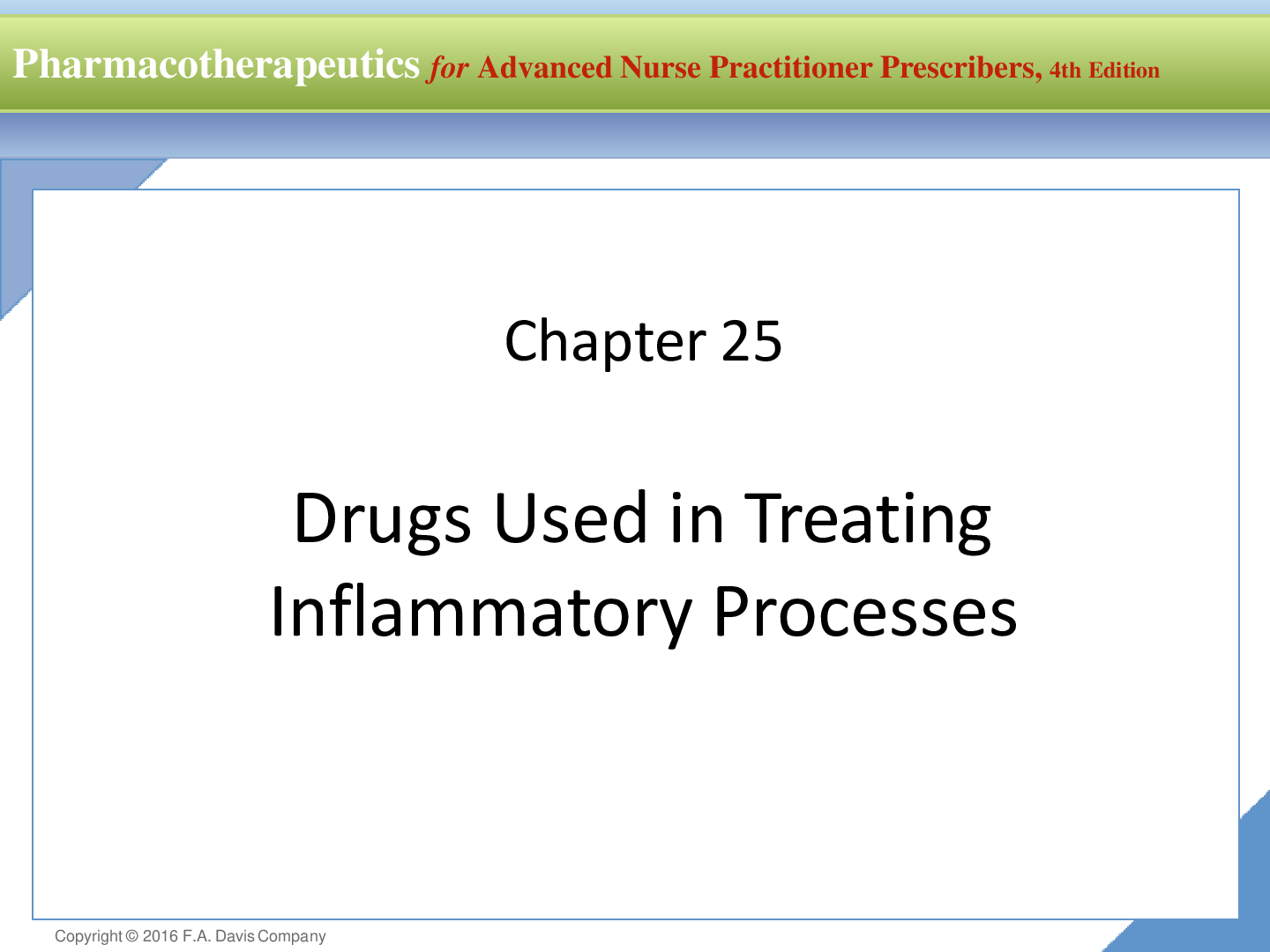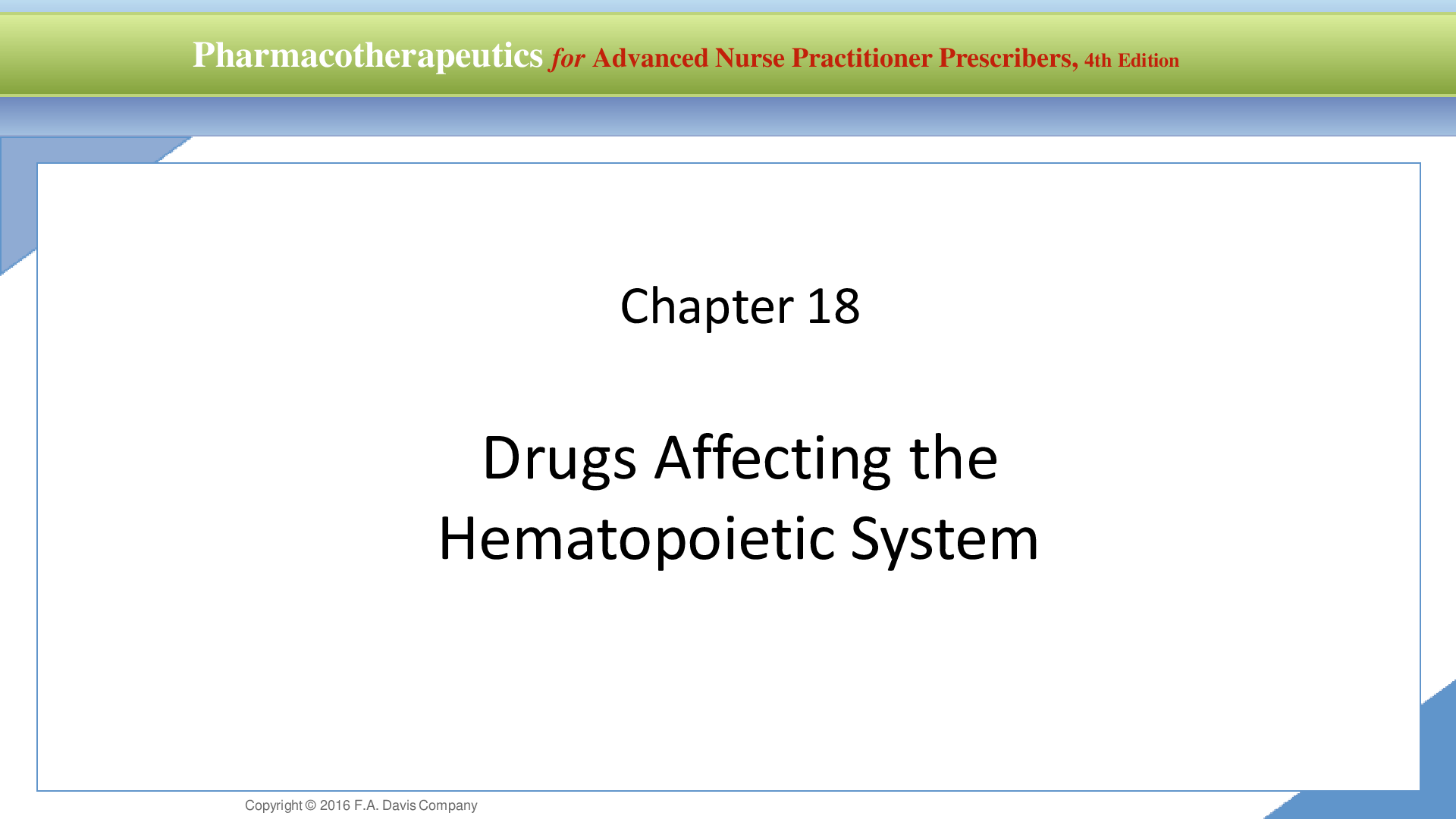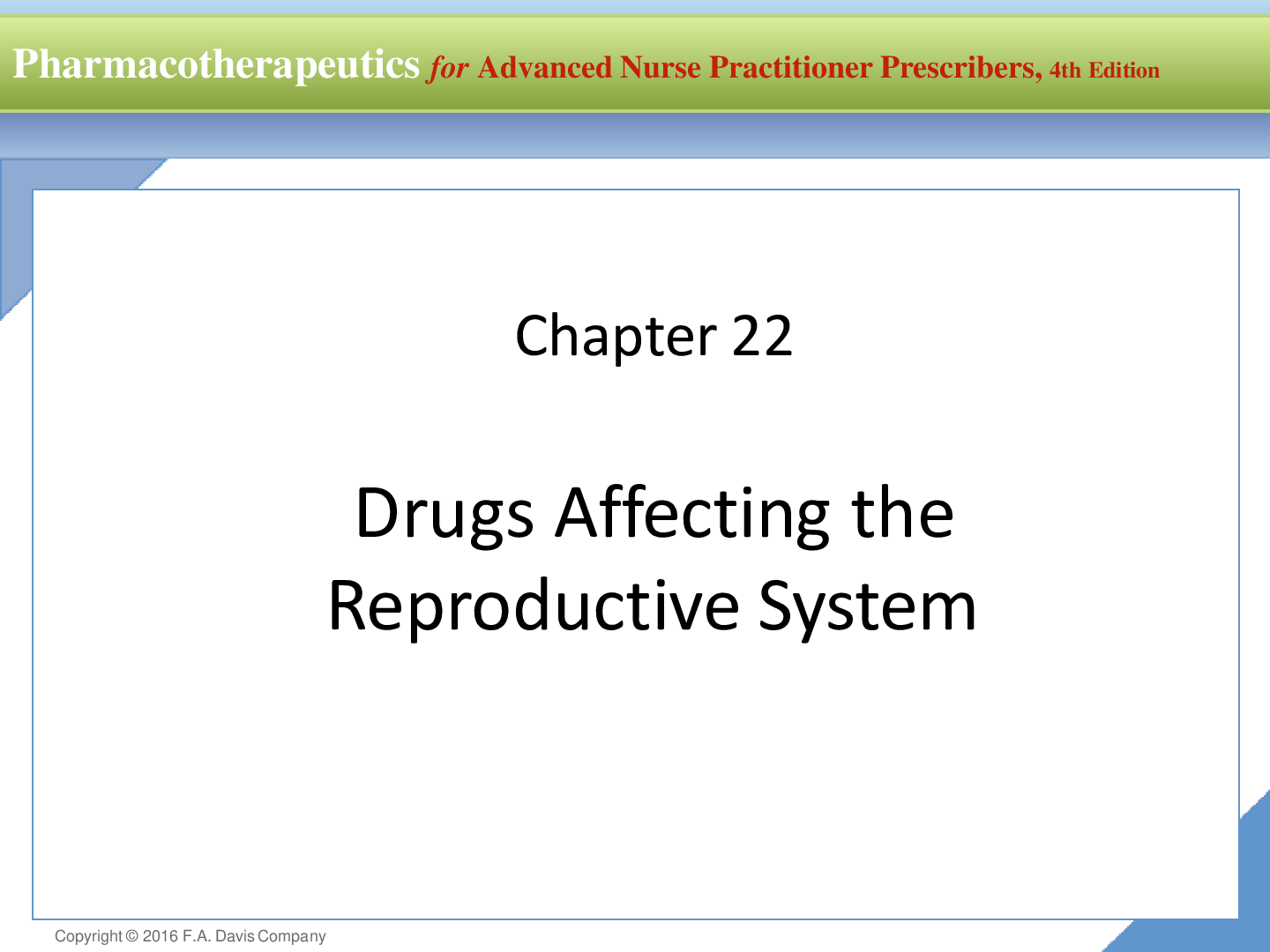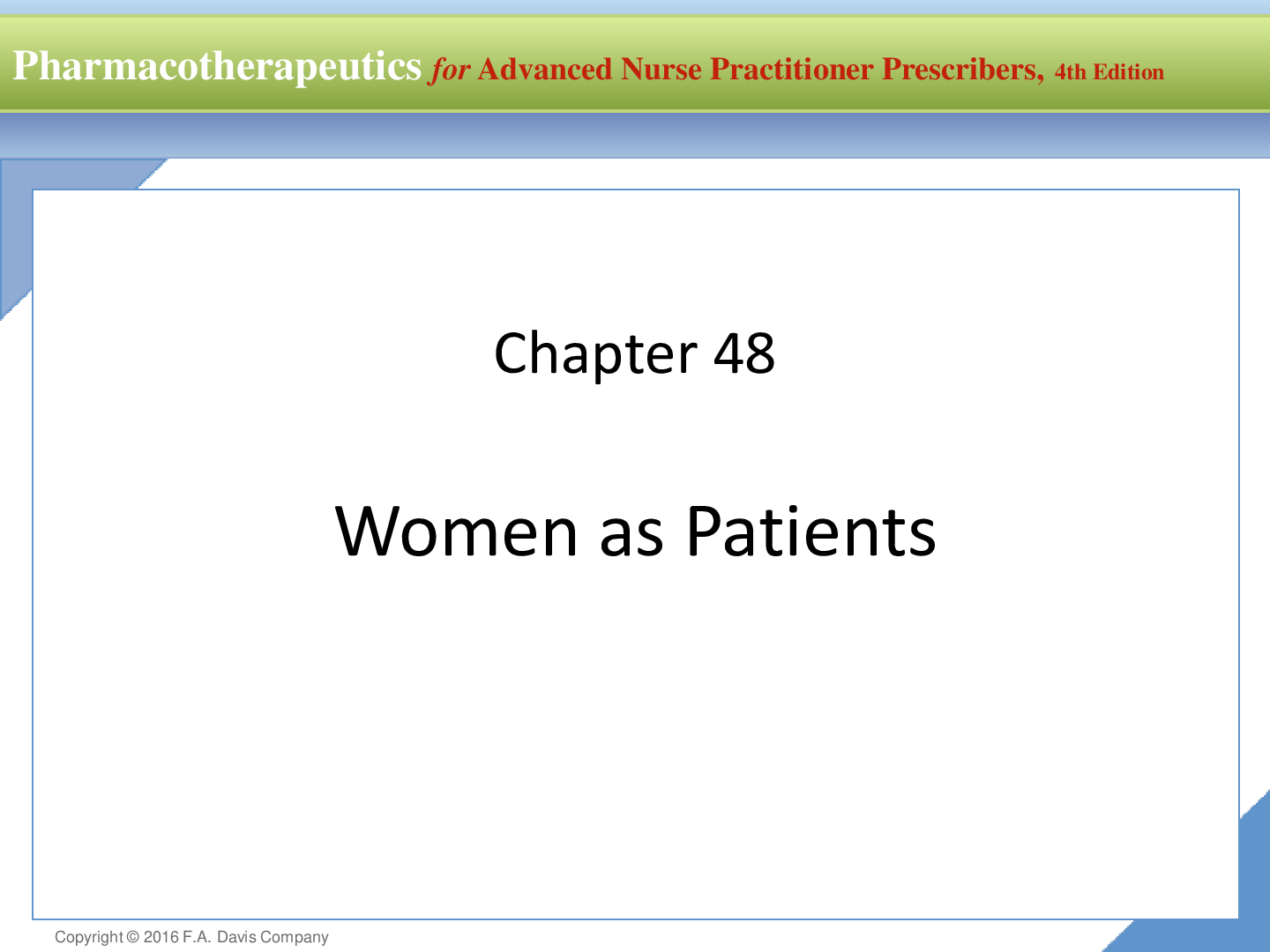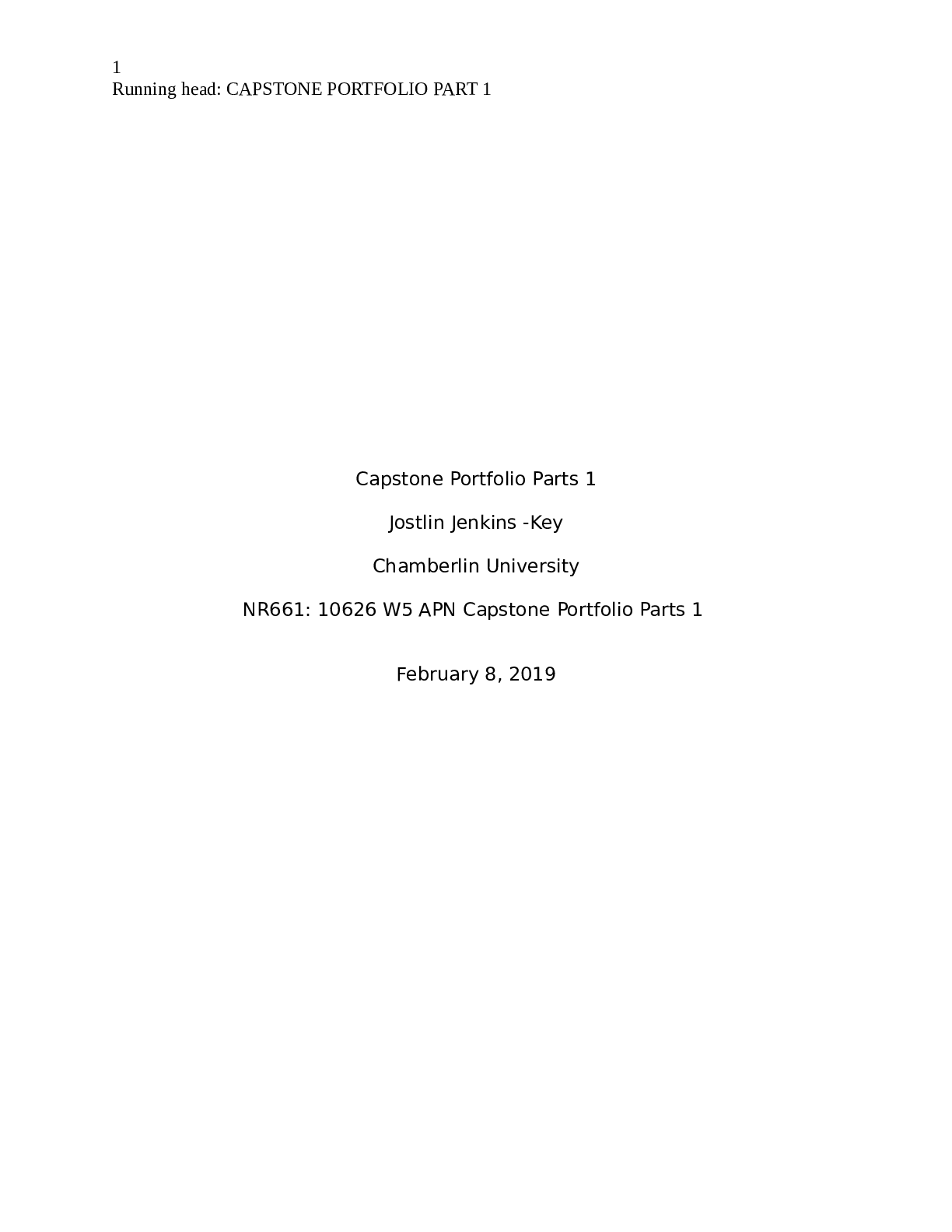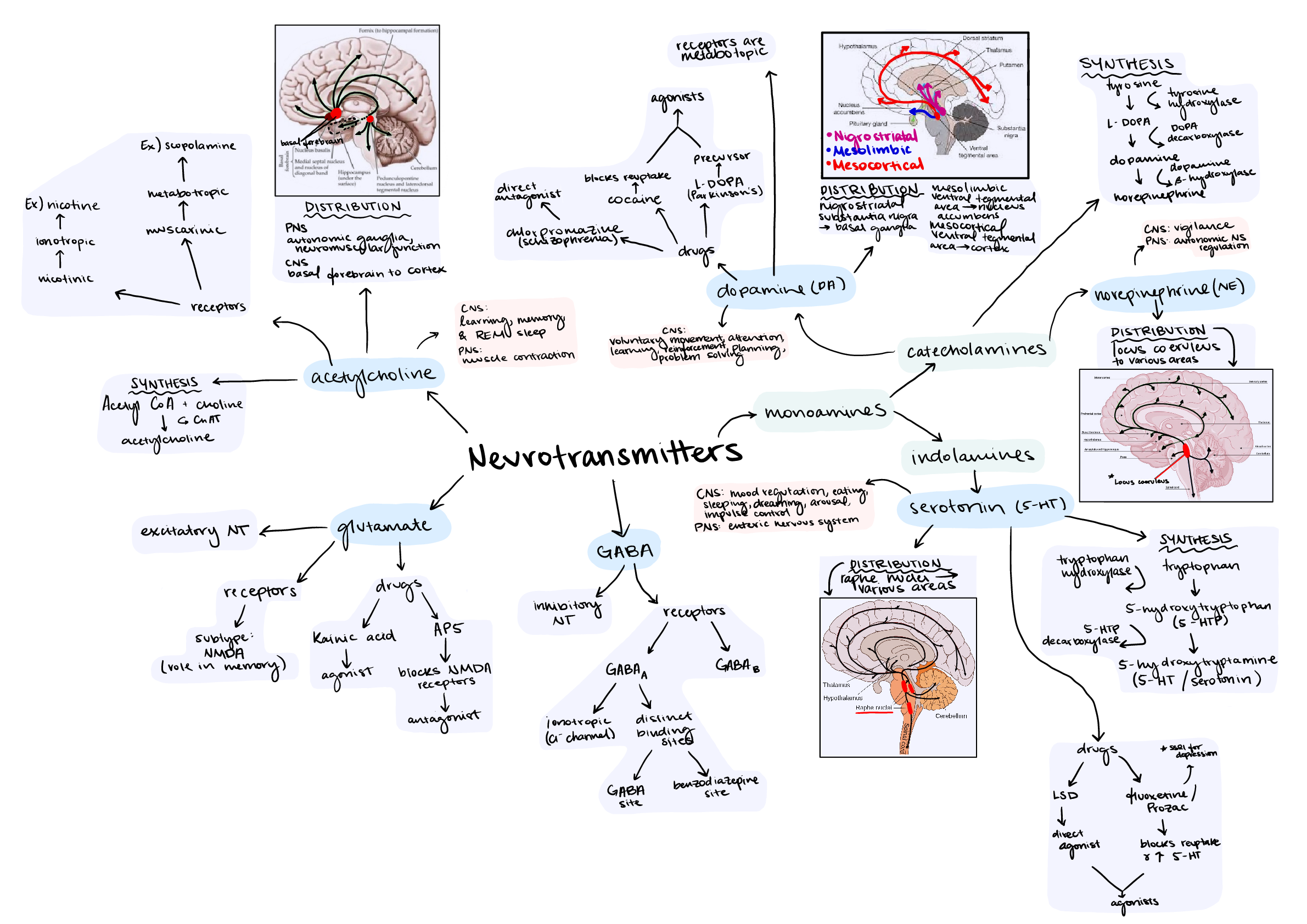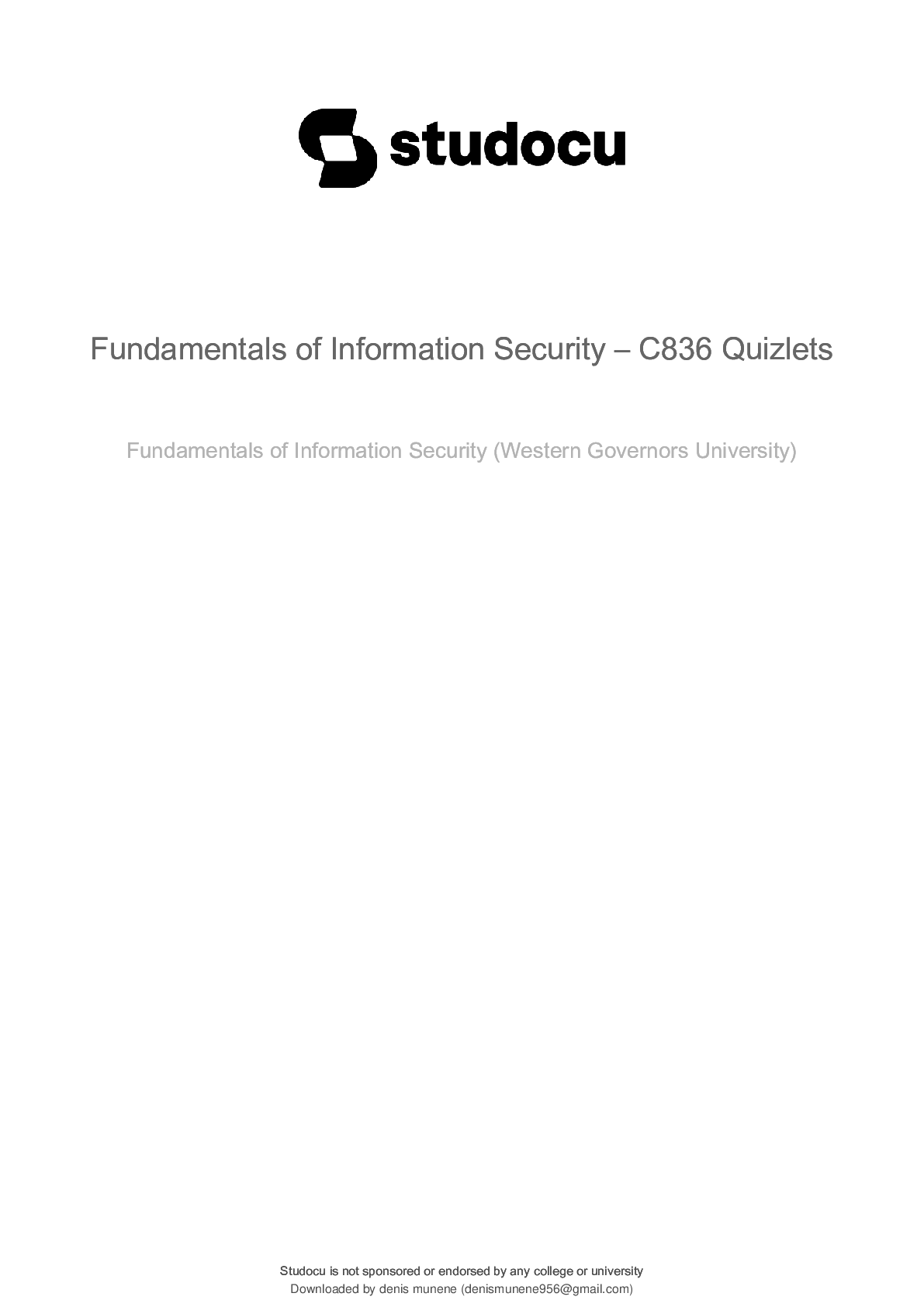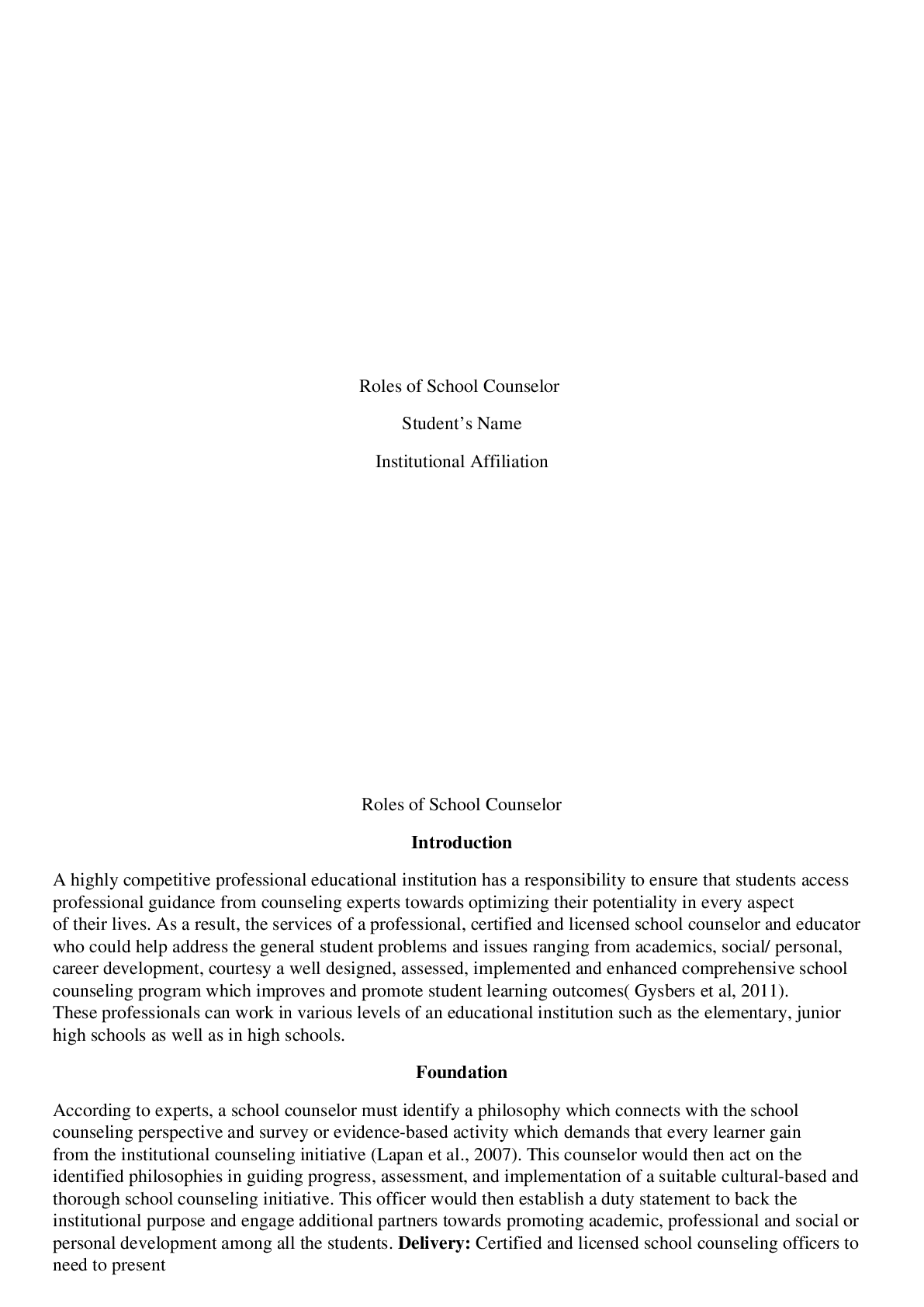Law > Class Notes > Criminal Procedure (CPR3701) EXAM Questions AND Answers: Unit 1 to unit 11: University of South Afri (All)
Criminal Procedure (CPR3701) EXAM Questions AND Answers: Unit 1 to unit 11: University of South Africa.
Document Content and Description Below
Unit 1 – a basic understanding of criminal procedure Distinguish between the accusatorial and inquisitorial systems of law. To which system does South Africa essentially adhere? (6) Do you agree w... ith the following statement and, if so, why? The presumption of innocence principle is the cornerstone of constitutionalism. If this principle is not upheld at all costs in criminal procedure law and the law of evidence in South Africa, then the law in these categories could be classified as a ``crime control model''. What are the rights of the arrested suspect and the accused? Section 35 of Constitution - Arrested, detained and accused persons 1.a. Name and discuss the remedies available to a suspect, arrested or accused person against any infringement or pending infringement of his or her fundamental rights. In proving the guilt of an accused person in a state under the governance of the rule of law and committed to respect for fundamental human rights, juridical guilt only is of importance. Discuss the meaning of juridical guilt, indicate the connection between juridical guilt and the presumption of innocence and discuss how these two principles are applied in South African law in the pre-trial and trial phases of the criminal process.(12) Discuss and describe the presumption of innocence applied in the law of criminal procedure The constitution of the Republic of South Africa and the National Prosecuting Authority Act provide for the powers of the prosecuting authority and the framework within which such authority must operate. Discuss these powers and statutory framework (but do not include a discussion of the composition of the prosecuting authority.(12) Unit 2 – Criminal courts of the republic X and Y steal a car in Tshwane and travel north. At Bela Bela they stop at a filling station, assault the petrol attendant so that she runs away, and fill the car's tank with fuel. On the way to Modimolle they see a parked police car under a tree on the border between the district of Bela Bela and Modimolle, and they turn around. They are apprehended in Bronkhorstspruit. Would they be tried in the lower courts of Tshwane, Bela Bela, Modimolle or Bronkhorstspruit? Would the charge be theft of the car, theft of the fuel or assaulting the petrol attendant? Discuss. (8 marks) Discuss the jurisdiction of the Supreme Court of Appeal to determine questions in terms of section 333 of the Criminal Procedure Act. Discuss the lower courts' jurisdiction with regard to sentencing. (5) The boundaries of the area of jurisdiction of a district or regional court are extended by statute by four kilometres. Discuss the contents and application of this extension. (7) X is brought before a district court on charges of rape and murder. X has been convicted of rape before. X is called upon before the district court magistrate to plead to the said charges. Fully discuss the procedure the said magistrate has to follow in such an instance. (6) 1.b. The general rule is that lower courts have territorial jurisdiction to hear trials of persons who are charged with offences committed within the court’s area of jurisdiction. Discuss the exceptions to this rule, that is, those instances where lower courts will exercise jurisdiction outside their area of jurisdiction on South African territory.(15) Unit 3 – prosecuting crime Determine why it is necessary for the state to conduct private prosecutions. In the light of this fact, is there a place for the procedural figure of private prosecution? Discuss the functions and powers of the DPP and compare them with those of the NDPP. (15 marks) The President of the Republic of South Africa, Mr TMB, summarily suspended and removed the National Director of Public Prosecutions (NDPP), Mr VP, for the following reasons: ``insubordination'', ``arrogance'', the assertions that he was ``unqualified'' for the post and that ``as he serves at the pleasure of the President, the latter can summarily remove him from office for any reason, even before the NDPP's term of office expires''. Is the removal of the NDPP by the President, Mr TMB, just? Discuss with specific reference to the following aspects: (i) Who appoints the NDPP? (1) (ii) What are the qualifications for appointment as NDPP? Name two (2) (iii) What is the term of office of the NDPP? (1) (iv) Subject to the provisions of section 12 of the National Prosecuting Authority Act 32 of 1998, under which circumstances may the NDPP be suspended and removed from office? (8) (v) With reference to your discussion of item (iv) and the facts above, comment briefly on During a soccer match, player X intentionally bumps into player Y, a 15-year- old schoolboy. Y's hip is fractured and his medical expenses amount to R80 000. Y lays a charge of assault against X but the director of public prosecutions declines to prosecute. Advise Y and his parents about the criminal procedural steps available to them in the light of the foregoing. (5) Write notes on the powers of the national director of public prosecutions. (6) The distinction between withdrawal of a charge and stopping of the prosecution in detail The Prosecution Policy issued by the SA National Director of Public Prosecutions states inter alia that there is no rule of law which provides that “all provable cases brought to the attention of the Prosecuting Authority must be prosecuted”. Nevertheless, this discretion to prosecute is not absolute and is limited by certain rules, principles and factors that should be considered in a decision on whether or not to prosecute. Discuss the discretion to prosecute and the rules, principles and factors on which the decision should be based. (12) Write notes on the person (or categories of persons) who may institute and conduct a private prosecution, where a director of public prosecutions has declined to institute a prosecution in respect of an offence(7) Write notes on an accused’s right to legal assistance during his trial. (9) Discuss the duty to inform an accused of his/her right to legal representation as well as the legal consequences of a failure to comply with this duty. Same Q asked another way below A and B are charged with theft on the allegation that they have harvested and removed, and thereby stolen, green mealies and pumpkins with an estimated value of R7 320 from the land of the headman, which he had leased to the complainant. A and B are also involved with the complainant in an ownership claim by virtue of their allegation that the land does not belong to the headman but to their deceased father. A and B are unrepresented during their trial and testify that they have harvested the mealies and pumpkins from their own land. The magistrate asks the accused whether they are going to retain legal counsel, to which they answer that they cannot afford it. A and B have not asked for legal assistance, and the court deals with the case without any legal representation for A and B, who are found guilty. Did the presiding officer act correctly by dealing with the case without legal representation for the accused? (This question is based on the facts in Hlantalala.) Mere lip service is paid to the unhindered application of the principle of the right to legal representation, and this principle is only partly upheld in the South African system of criminal procedure.'' Discuss this statement critically and indicate whether you agree with it. (8 marks) Unit 5 – the presence of the accused as a party (1) Briefly discuss the principle that an accused must be present at his trial.(4 marks) (2) Briefly discuss each exception to the principle that an accused is entitled to be present at the trial and to confront his accusers. (about four to six marks awarded for each exception). (3) Discuss the compounding of minor offences and explain the difference between compounding offences and the admission-of-guilt fine. Discuss briefly the exceptions to the general principle that the trial of an accused, the finding of the court and the imposition of the sentence shall take place in the presence of the accused. (7) Discuss payment of a fine without appearance in court (admission of guilt). Unit 6 - the exercise of powers and the vindication of individual rights What is meant by the statement that individual constitutional rights can only be restricted if the limitation is reasonable, justifiable and in proportion to the purpose of the limitation? Discuss the concepts ``reasonable'', ``justifiable'' and ``proportionality'' with reference to the criminal procedural powers of the police in the pre-trial phase. Discuss the conflict between the interest of society in upholding individual rights and its interest in combating crime, and indicate how this conflict can be resolved. (5 marks) Unit 7 - methods of securing the attendance of the accused at his trial Once a suspect has been arrested he mat not be detained for longer than 48 hours. However according to the Criminal Procedure Act the 48-hour period is considerably extended. Discuss. (5) Discuss the principles attached to extradition agreements and treaties. (5) Discuss the principles attached to extradition agreements and treaties. (5) (i) X is a police officer who drives a clearly identifiable police vehicle. While on patrol late one night X notices a vehicle that fits the description of a vehicle that was reported stolen earlier that night (make, registration number, etc). X signals to the driver (Y) to stop, arrests Y and asks him for his personal particulars. Y refuses to give the particulars because X is dressed in civilian clothes. (i)Is X authorised to arrest Y, and may Y refuse? (ii) With reference to the facts in (i), suppose that Y speeds away before X can get him to stop. X sets out in pursuit, but by swerving from side to side across the road Y thwarts every effort by X to pass him. X fires a warning shot, which Y ignores. X then fires several shots at Y and eventually wounds him in the back. The vehicle is brought to a halt and X arrests Y. The body of another person (Z) is found on the passenger seat of the vehicle. It transpires later that Z had assisted Y with the theft of the vehicle, taken fright when he noticed the approaching police vehicle and had hidden on the front seat even before X gave the initial signal to stop. X was unaware of the presence of Z and was under the impression that Y was the only occupant of the vehicle. Ballistic tests prove that Z was killed by a bullet fired by X. X is charged with the murder of Z and of attempted murder in the case of Y. At his trial X invokes the protection provided by section 49(2). Will his defence succeed? A, B and C are all part of a gang who call themselves “the tigers of houtbay”. Part of their gang related activities involves breaking into shops after business hours and stealing various items to again sell it on flea markets for a profit. They also deal in drugs but do not have much experience in dealing. One evening they reach mutual consensus to rob the woolworths store in a well-known shopping mall in cape town. The agreement is to the effect that a and b will break into the shop while c stands guard outside. X, a police official walks by the woolworths store and sees the doors of the shop are slightly open even though the shop has already closed and the lights are off. He decides to enter the shop and sees A and B putting items into a bag. X screams at A and B to immediately cease their activity and that he is arresting them and X consequently handcuffs them. As they are about to exit the shop, C, who had in the meanwhile retired to the cloakroom , sees A and B were arrested and he sees X and starts running. X shouts at C to stop, but C continues to run. Accordingly X fires a shot that fatally hits C in the back. With the abovementioned facts in mind, answer the following questions. 1.Discuss whether X acted lawfully or not in arresting A and B? 2. Would your answer in question 1 above have been different had x not been a police official? Discuss. 3. Was X’s action in respect of C reasonable? Discuss. (1) Discuss the concepts of a summons, a written notice to appear, an indictment, and (a warning to appear in court?) as methods of ensuring the presence of an accused at his trial. (Between four and six marks are awarded for a discussion of each method.) the main difference between an admission of guilt fine and compounding of minor offence. (2) Discuss the requirements for lawful arrest, warrants of arrest and the execution of arrest, the effect of arrest, the duty to arrest, and escape from lawful custody. (Between four and six marks are awarded for a discussion of each subject.) Z sees a red motor vehicle moving at a high speed, suddenly swerving from side to side and colliding with a white motor vehicle. Both vehicles overturn and burst into flame. Z notices a person running away from the red motor vehicle. Z shouts at the person (P) to stop as he hears screams coming from the other vehicle. P keeps on running. Z draws his fire-arm and shoots at P, killing him. It later appears that P was the driver of the first car and that persons in both vehicles were killed in the collision. Discuss the legality or otherwise of Z's action in killing P when Z is indicted for the murder of P. (8) Write notes on the summons and the indictment as methods of securing the attendance of an accused person at his or her trial. (7) Write notes on the duty of a private individual to arrest someone.(5) Write notes on the powers of the police to enter premises in order to interrogate persons. (8) Unit 8 - interrogation, interception and establishing the bodily features of a person (1) X, a police officer, is on duty. He receives a telephone call from a woman at a private dwelling who complains that a friend who is sharing her home is damaging her property. X drives to the address given by the woman. When he knocks on the front door of the house he hears somebody crying inside. A man's voice asks who is at the door. X explains who he is, that he has received the complaint in question and that he wishes to enter the dwelling to speak to the woman. He also requests permission to enter for the stated purpose. Without offering any explanation for his behaviour the man in the house refuses entry to X and orders him to leave the premises at once. What can X do? Discuss. (6 marks) X, a police officer, is on duty. He drives to a certain address in response to a radio message. On his arrival he notices a body lying on the sidewalk. By this time a number of people have begun to gather at the scene. As X examines the corpse, he overhears a bystander (Y) telling another person that, shortly after hearing a scream coming from the direction of the scene, he (Y) had seen someone running from the scene. X asks Y if he is prepared to give a statement relating the facts as communicated to the other bystander. Y refuses, saying that he has no time to ``waste'' in court. What can X do? Discuss fully. (8 marks) Captain B, the investigating officer in a murder case, receives the registration number of a motor vehicle that was seen near the murder scene at the time when the incident took place. Captain B decides to follow up on the information and visits the home address of Y, the registered owner of the motor vehicle. (i) Discuss the powers of Captain B under sections 26 and 27 of the Criminal Procedure Act when he arrives at Y's home. (6) (ii) Y admits that he visited his mother who lives next to the premises where the murder took place. However, Y is not very cooperative and he informs Captain B that he does not want to get involved in the matter. He also refuses to make any statement. Captain B is convinced that Y has information that could assist him in solving the case. What steps may Captain B take to obtain information from Y? Discuss in detail. (7) Discuss the general powers of the police with regard to the interrogation of any person, irrespective of whether such a person is a potential witness or a person suspected of having committed a crime. (7) Unit 9 - SEARCH AND SEIZURE X, a police officer, is on duty. He notices two persons standing on a street corner and glancing nervously about them all the time. X notices one of the persons passing an amount of money to the other. The other person counts the money, takes out a small package from his pocket and hands it to the first person. The latter opens the package, places the contents on a piece of glass, sniffs them and nods to the other person. X walks over to them. On seeing him they start running away with X in pursuit. They run into a block of flats, enter a specific flat, close the door and lock it. What can X do? Discuss in detail. (10 marks) Write notes on the articles that may be subject to seizure by the police. (4) * What are the principles relating to the use of force by the police when entering the premises? (5) * Study unit 10 - BAIL AND OTHER FORMS OF RELEASE Study unit 10 - BAIL AND OTHER FORMS OF RELEASE 2.a. X is arrested on a charge of murder and is held in custody in the police cells for questioning. X directs a request to the police, the DPP, and the court to be released on bail. Discuss the powers of these three parties to grant bail in this matter.(10) Discuss the cancellation of bail where an accused is about to abscond. (6) X is arrested on a charge of high treason and is held in custody in the police cells for questioning. X addresses a request to be released on bail to the sergeant who is in charge of the cells. Discuss the legal principles involved. X and Y steal a packet of sweets from a supermarket. They are arrested at 18:00 on a Wednesday afternoon. Both apply for bail in terms of section 59 of the Criminal Procedure Act, but bail is refused. On the following Monday morning they appear in court for the first time. At their first appearance they apply to be released on bail. The court refuses to grant bail to X as his parents are not present in court and refuses bail to Y because (according to the prosecutor) Y does not have a fixed address. Discuss the regularity or otherwise of the detention of X and Y, and the denial of bail to them. (8) Discuss the granting of bail by the police before the first court appearance of an accused. Write notes on the kind of bail conditions that may be imposed on an accused person by a court.(10) Unit 11 – Pre-Trail Investigations Discuss plea in the magistrate’s court on a charge justiciable in the regional court.(6) Discuss the plea in the magistrate’s court on a charge justiciable in the High Court. (10) X is charged with assault in the magistrate's court. In the course of his cross- questioning, X admits that he had the intention of killing the victim of the assault, and would in fact have done so had a witness for the state not appeared on the scene. The prosecutor realises that he should have charged X with attempted murder. How can he correct the error procedurally? Explain the procedures. Give a definition of a preparatory examination and discuss the circumstances under which such an examination may be held. (10) Question 1 (a) Criminal procedural rules can sometimes operate separately from common law and uestion 1 (a) Criminal procedural rules can sometimes operate separately from common law and constitutional law as a result of the fact that it is identifiable as “adjective law”. (b) The term “criminal justice” only denotes the principles of criminal procedure and substantive criminal law. (c) Due process of law demands that there have to be practical limitations on state power in the detection, investigation, prosecution and punishment of crime. (d) Criminal procedure deals with the detection, investigation and prosecution of criminals. (1) Only statement (b) is correct. (2) Only statements (b) and (c) are correct. (3) Only statement (c) is correct. (4) All the statements are correct. (5) All the statements are incorrect. Question 2 (a) A mandamus is a negative order ordering a person to refrain from doing something. (b) The term “Superior Court” includes the Supreme Court of Appeal. (c) A district court may never try serious offences against the State. (d) In terms of the four kilometres rule, a court is empowered to apply statutory law that is operative in its own area if the act or omission concerned took place in another province and a similar statutory provision is applicable in the other province. (1) All the statements are correct. (2) Only statement (b) is correct. (3) Only statement (c) is correct. (4) All the statements are incorrect. (5) Only statement (a) is correct. Question 3 (a) Where an accused pleads not guilty in a lower court and his defence is based on the alleged invalidity of a provincial ordinance or a proclamation issued by the President, the accused has to be committed for summary trial before a superior court that has jurisdiction. (b) If a victim has successfully recovered his or her losses in terms of a civil action, a criminal court can in the event of a conviction also render a compensatory order to the victim. (c) The prosecuting authority’s discretion to prosecute falls beyond the jurisdiction of a court of law and the latter can never intervene regardless of whether or not such discretion is improperly exercised. (d) A prosecutor who is authorised thereto, orally or in writing, by the National Director of Public Prosecutions (NDPP) may negotiate and enter into a plea and sentence agreement as provided for in S 105A of the Criminal Procedure Act 51 of 1977. (1) All the statements are incorrect. (2) Only statement (a) is correct. (3) Only statement (b) is correct. (4) Only statements (c) and (d) are correct. (5) All the statements are correct. Question 4 (a) The fact that an individual is under no general duty to report a crime entails that he or she may, in any given circumstance, lawfully refuse to co-operate once it is established that he or she could be a potential state witness. (b) The defence has no right to determine the sequence of state witnesses who give evidence and the prosecution should accordingly not have a final right to determine the sequence of the accused who wish to testify as defence witnesses. (c) In principle, South Africa follows a system of compulsory prosecution. (d) The triviality of an offence does not constitute sufficient ground for the refusal to prosecute. (1) All the statements are correct. (2) All the statements are false. (3) Only statement (b) is correct. (4) Only statements (b) and (c) are correct. (5) Only statements (a) and (d) are correct. Question 5 (a) The prosecuting authority may withdraw a charge before the accused has pleaded to such a charge, resulting in the accused being acquitted. (b) If a prosecutor indicates to the court that on the basis of the evidence presented in court he or she is unable to support a conviction, the prosecution will be stopped. (c) The right to institute a prosecution for child stealing lapses after the expiration of 20 years. (d) Prosecutors have to at all times act in accordance with the wishes of the community in order to secure a conviction. (1) Only statement (a) is correct. (2) Only statements (b) and (c) are correct. (3) Only statements (c) and (d) are correct. (4) All of the statements are correct. (5) All of the statements are incorrect Question 1 (a) It is irregular for a private practitioner who was given a watching brief by an interested party to assist the prosecution on an informal basis. (b) Private prosecutions under statutory right remain under the control of the Director of Public Prosecutions (DPP) and the National Director of Public Prosecutions (NDPP). (c) Two or more persons may prosecute in the same charge if both have been injured by the same offence. (d) An accused is not bound by what is done by his or her legal representative in the execution of his or her mandate during the course of a trial. (1) Only statement (b) is correct. (2) Only statement (d) is correct. (3) Only statements (c) and (d) are correct. (4) Only statements (b) and (c) are correct. (5) All the statements are incorrect. Question 2 (a) A trial can never be conducted in the absence of an accused. (b) The procedure in terms of S 57 of the Criminal Procedure Act can be used for statutory and for common law offences. (c) In appropriate circumstances an unlawful search, seizure or arrest can constitute an offence. (d) If a person who has been summoned fails to appear at the place on the date and at the time specified, he or she is guilty of an offence and is liable to the punishment of a fine r imprisonment for a period not exceeding six months. (1) Only statement (b) is correct. (2) Only statement (c) is correct. (3) Only statements (c) and (d) are correct. (4) All the statements are incorrect. (5) All the statements are correct. Question 3 (a) A bad motive for an arrest will make an arrest unlawful. (b) A telegraphic or similar written or printed communication from any magistrate, justice of the peace or peace officer which states that a warrant has been issued for the arrest of a person will not be sufficient grounds for a peace officer to arrest and detain the said person. (c) If a person is unlawfully arrested, his or her detention after the arrest will also be unlawful. (d) The act of shooting a suspect solely to carry out an arrest can sometimes be lawful. (1) Only statements (a) and (b) are correct. (2) Only statements (b) and (c) are correct. (3) Only statements (c) and (d) are correct. (4) Only statement (c) is correct. (5) Only statement (d) is correct. Question 4 (a) A State can never be obliged to extradite a criminal. (b) It has been held that the decision to issue a search warrant may be set aside only on administrative grounds. (c) Even though a person who is effecting an arrest is not a peace officer, he or she may still search the arrested person. (d) The amount determined for bail may not have a punitive notion. (1) Only statement (b) is correct. (2) Only statements (b) and (d) are correct. (3) Only statements (c) and (d) are correct. (4) All the statements are incorrect. (5) All the statements are correct. Question 5 (a) Release on police bail can only take place before an accused’s first appearance in a lower court. (b) The High Court has the power to grant bail as a result of its common-law power to control its decisions. (c) A preparatory examination is a criminal proceeding and amounts to a trial. (d) If an accused is discharged after a preparatory examination, the accused is effectively acquitted. Question 2.1 (a) A magistrate’s court is competent to pronounce on the validity of all provincial ordinances. (b) A regional court is competent to impose a sentence of a fine not exceeding R30 000. (c) When an accused is illegally abducted from a foreign state by the Scorpions (a division of the South African national prosecuting authority) and handed over to the South African Police, the High Court before which such abducted person is arraigned will have jurisdiction to try him or her. (d) District courts are not competent to impose a sentence of 13 months’ imprisonment. (1) None of the statements is correct. (2) Only statements (a) and (b) are correct. (3) Only statement (b) is correct. (4) Only statement (c) is correct. (5) All the statements are correct. Question 2.2 (a) At the seat of each High Court of the Republic, the President may appoint a national director of public prosecutions. (b) The prosecution is and can be described as dominus litis at all times during the duration of the trial of an accused person. (c) Individuals are under no general legal duty to report crimes to the authorities. (d) Although South Africa does not follow a system of compulsory prosecution, the prosecution is obliged to prosecute where a prima facie case exists. Question 2.3 (a) In terms of Section 49(2) of the Criminal Procedure Act, the term “deadly force” refers only to the killing of a person. (b) At the conclusion of a criminal trial, the presiding judicial officer has to make an order that the goods or articles which were seized in terms of Section 20 of the Criminal Procedure Act shall be returned to the person from whom they were seized. (c) If evidence is obtained by the police in a manner that violates the constitutional right to privacy of the owner of a private dwelling and when the admission of that evidence is excluded during a criminal trial, it is a formal law consequence of that unlawful action by the police. (d) When a person who is lawfully in charge of a premises lawfully suspects that in contravention to the Abuse of Dependence-producing Substances and Rehabilitation Centre Act 41 of 1971 somebody is in the possession of dagga on such premises, he or she may at any time enter such premises in all given circumstances and search any person thereon or therein. (a) Suspects and accused persons have the right to remain silent and the right not to be questioned. (b) A person’s handwriting cannot be described as a bodily feature. (c) An admission of guilt by payment of a fine without appearance in court does not amount to a previous conviction for the purposes of all offences. (d) The right to legal representation includes the right to confidentiality during consultation with the legal practitioner. [Show More]
Last updated: 1 year ago
Preview 1 out of 99 pages

Reviews( 0 )
Document information
Connected school, study & course
About the document
Uploaded On
May 11, 2020
Number of pages
99
Written in
Additional information
This document has been written for:
Uploaded
May 11, 2020
Downloads
0
Views
149


